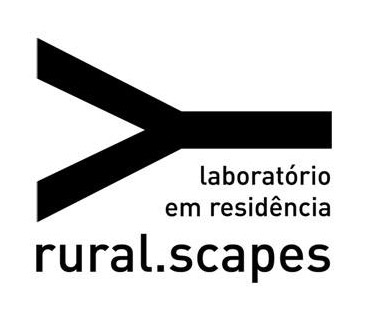Rosemary Lee
“Mapping the Wasp: Rosemary envisions a display system for interactions between plants, animals, minerals, people and machines, based on a survey of the different species occurring around Fazenda Santa Teresa, and highlighting the unique qualities of the local biome. Her aim is to raise awareness that interconnections between different living beings and their environment cannot be reduced to the coexistence between human and non-human organisms, but imply a larger political conversation regarding trans-species relationships.” Jury text
(..) “By crossing elements of Tiago, Camila and Shima’s work, Rosemary Lee’s project wandered around the paths of anti- speciesism, the combination of listening and detachment from visuality, and silence. Mapping the Wasp was presented as a site-specific installation, which could account for the interaction between humans, animals, plants and machines, within the environment of Fazenda Santa Teresa. Her installation could be considered as one of the least invasive projects, since Rosemary found an environment already containing four of the elements she was interested in, as a result of several careful walks around the place. The small ecosystem of an old abandoned rainwater tank thus became Mapping the Wasp’s platform, to which Rosemary contributed with the construction of a rainwater container that irrigated the interior of the tank. “… [M]ost times, we speak in order not listen, we sing in order not to listen, and we even listen in order not to listen…”10, artist Diego Makedonsky told me during a conversation a few days ago. How to position ourselves (artists, researchers, activists, and people) in relation to the processes that pre-exist us? Which is the limit between an intervention and the subjugation (and even, the risk of a total interruption) of ongoing processes? “ (..)
text fragment “Listening processes at rural.scapes #labRes2016_2”
by Mariela Cantú – critic in residence.


